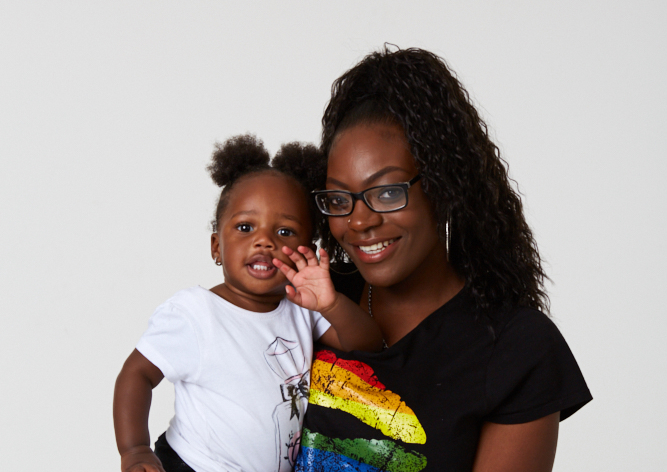The ONS 2024 gender pay gap statistics, released on Tuesday 29 October, show that women continue to earn less than men, with a small reduction in the gender pay gap from 14.3% to 13.1% for all workers since 2023.The gender pay gap for full time employees is now 7%, down from 7.5%.
The gender pay gap is calculated as the difference in average hourly earnings between men and women.
The gender pay gap starts at the beginning of working life, and rises with age. For younger women (18-29 year olds), the median gender pay gap is 1.5% for all workers, a reduction from 2.7% last year.
The ‘income gap’ – gross annual pay
The hourly gender pay gap figures are just one measure of inequality. The difference in annual income between men and women is much larger. For 18-29 year olds in 2024, there is a 17% difference in gross annual pay between men and women, with young men in this age range taking home an average of £22,907 per year compared to young women’s £19,077. That’s a difference of £3,830 per year.
Looking at gross annual pay takes into account factors such as women working fewer hours, and is much larger for young women than the hourly pay gap. The income gap shows that far from just being a problem that kicks in later in working life, income inequality is there right from the start.
This annual income gap is caused by a combination of things, including:
- Young women and men going into different jobs and sectors, with women more likely to be in lower-paying sectors overall as well as in sectors with high gender pay gaps.
- Women are more likely to work part-time – and part-time work is paid less per hour, as well as harder to get promoted in.
- Discrimination – there is a significant pay gap even for women and men in the same types of job and sector and who are otherwise similar – for example, a woman with children working in the same sector as a man would face more of a financial penalty for having children.
You can read our research on the causes of the income gap here
Gender pay gap differences by industry
The hourly gender pay gap is higher in some industries than others, and is higher for higher earners. Finance and insurance is a stand out with a 9.1% gender pay gap for 18-29 year old workers.
Industries where large numbers of young women are working in low paid, often insecure work, also have slightly higher than average hourly gender pay gaps:
- Arts, entertainment and recreation has a pay gap of 2.2%
- Health and social work has a pay gap of 1.9%
- Education has a pay gap of 1.6%
- Retail has a pay gap of 1.6%.
Claire Reindorp, Chief Executive, Young Women’s Trust, says:
“Thank goodness we’re seeing a small reduction in the hourly gender pay gap – but the fact it still exists at all should worry all of us.
For young women on low pay, the number that represents the greatest harm is the gap in gross annual income, which stands at a whopping 17% – that’s almost £4,000 a year less in their bank accounts than their male peers. This number only grows as they get older; and if you’re a black woman, or a disabled woman, the difference will be greater still.
Let’s also remember the real experiences of young women on low pay behind these numbers. We hear constantly from young women who can’t do a weekly shop because they don’t know how many paid hours they’ll get that week; who are using food banks in increasing numbers; and who are putting up with harassment at work because they don’t dare challenge their boss for fear they’ll lose their income.
So we must focus on what’s needed to truly eradicate this inequality. The government is taking some much-needed first steps with its Employment Rights Bill and other commitments, including making flexible working the default; demanding companies report on ethnicity and disability as well as gender pay gaps and produce action plans to close them; and banning exploitative zero hours contracts (which young, female workers are more likely to be on). These reforms must be seen through and accompanied by stronger enforcement when women are discriminated against.”

